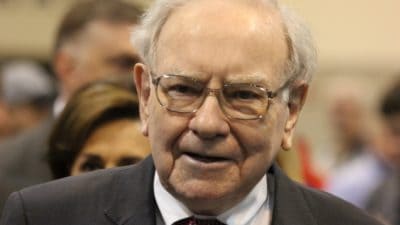The new C EO at BG Group plc (LON:BG), Helge Lund, will earn more in base salary than he did in total remuneration at Statoil. BG will pay him a salary of £1.5m compared to his most recent total pay of £1.3m at the Norwegian energy company.
EO at BG Group plc (LON:BG), Helge Lund, will earn more in base salary than he did in total remuneration at Statoil. BG will pay him a salary of £1.5m compared to his most recent total pay of £1.3m at the Norwegian energy company.
Modest pay has not prevented Helge Lund from delivering stellar performance at Statoil, however. When he joined in 2004, Statoil’s stock price was NOK87.50. It is now NOK153, despite being in free fall since June this year when it was at a high of NOK195.
Solid growth aside, of late, Statoil’s stock price has performed much like BG’s, volatile.
BG Group plc’s stock price has been all over the place this year, with a high of 1,352.50p on 16 January, followed by a precipitous drop to, in the same month, to 1,008p, and up again to its current trading price of around 1,054p. After falling initially on the announcement of the new CEO’s appointment, BG’s share price rose in Friday’s trading, only to fall again when the markets opened this week.
Maybe being used to volatility is one of the reasons Lund was hired.
Pay policy at the two companies is as different as pay levels
Lund’s first year at BG – he is assuming the position on 2 March next year – will net him almost £29m. That includes a golden hello, special hiring incentives and buyouts of money left on the table at his former employer, but it is also 22 times his earnings at Statoil.
It is not just pay levels at the two companies that are divergent. Statoil’s pay policy is very straightforward, comprising largely a base salary with a bonus potential at 50 per cent of salary based on government guidelines. Long-term incentive policy is even simpler. The company gives executives around a quarter of their base salary in an additional cash award and they are obliged to buy Statoil shares with it and hold them for a minimum of three years. That very simply and elegantly ties pay to share price performance.
But what about at BG? Apart from the large cushion of a £1.5m base salary, Lund could earn up to £3m in a cash performance bonus based on EPS and ROACE, and a potential £9m in performance shares based on TSR against a large group of national and international oil and gas comparators. This is on top of a buyout of his unvested Statoil shares of £3m and another £12m in shares based on “personal performance criteria” which will have to be sanctioned at a special meeting of shareholders as it exceeds the maximum allowed under the plan — an authorisation that is by no means certain given the current level of shareholder unrest of high CEO pay.
You can’t accuse the man of being underincentivised.
Of course, of late, BG’s share awards have not been paying out at full value, either to former CEO Sir Frank Chapman or to current CEO, Chris Finlayson, because BG has been underperforming its peers, so Lund is not guaranteed all of this money. This uncertainty may have something to do with the turmoil at the top of BG which lost a CEO in 2012, then a CFO, then a COO. The pipeline of executive talent appears to have run dry since Finlayson, after only just over a year in the job, is being replaced by Lund, an outsider, and the new CFO was recruited from AstraZeneca.
If Lund does stabilize the stock price and start its recovery, he will still have to outperform BG’s peers — which include Statoil — in order to get paid, though, of course, annual bonuses can be earned in the interim, and there’s always those personal criteria to be met. But wouldn’t it have been simpler — as well as less costly for shareholders — to copy Statoil’s policy and just give him some cash and tell him to buy BG shares with it? That would make sure he cared.
Performance shares are free, once you’ve delivered the performance. Actually having to purchase shares for hard cash is a very different experience, but it does turn executives into shareholders. That’s, after all, what ordinary shareholders have to do.







